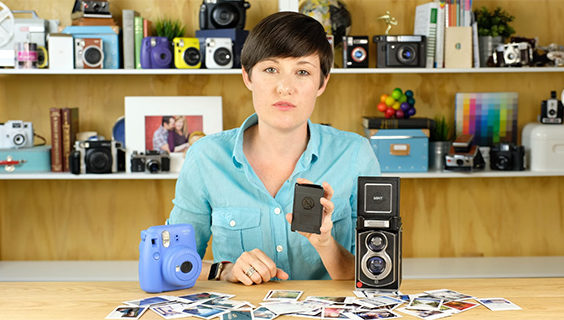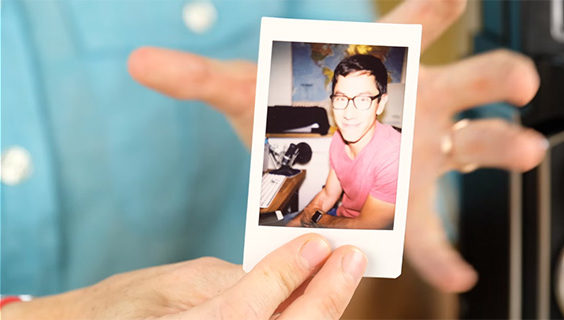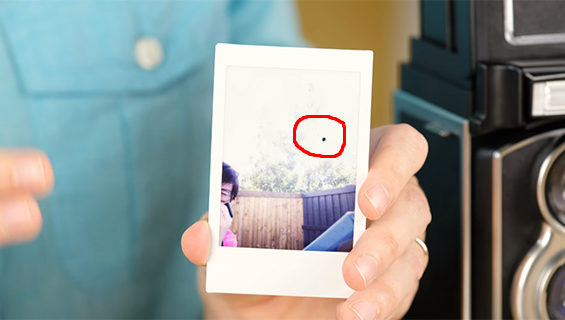Instant film is fun stuff. But it’s also a powerful way to express yourself as a photographer. Lauren from PhotographyConcentrate shares these useful tips to iron out some of the mistakes that you might be making with instant film photography:
Being Afraid to Waste Film
When it comes down to the math, instant film costs something around a dollar per sheet. The thought of losing several dollars for a single good shot is disconcerting. But the fact remains that shooting instant film is in itself a gratifying experience. You are enjoying the process of making images and watching them come alive. If you want that sense of gratification, cost has to be ignored for a while. When you get the hang of things, you’ll end up shooting far more keepers.
Forgetting to Adjust Your Settings
You walk into a scene, adjust your camera settings, take a photograph, and then move on to the next scene and take another shot, only to realize that you haven’t changed the settings. This oversight ruins countless photos. Remember to adjust your settings between each shot.
Not Reading the Manual
The manual probably covers 80 to 90 percent of what you need to know about your camera. It is an essential tool in the process of getting to know your camera, which is important if you don’t want to waste too much instant film. So, make it a point to read it as soon as you unbox your camera. Also make sure not to toss it after reading it. Keep it handy for future reference.
Forgetting to Remove the Dark Slide
Every pack of instant film comes with a dark slide that safeguards the first piece of film from getting accidentally exposed.
Make it a point to remove this slide before you start shooting if your camera doesn’t eject if for you.
Shaking the Film
Instant film is not the same thing as Polaroid. You don’t need to shake the film after it pops out of the camera.
Not Taking Care of Your Prints
Once the print pops out of the camera, the cardinal mistake that a lot of photographers make is not taking enough care of it. Don’t stack them with other prints. Don’t put them in your pocket, and certainly don’t just keep them lying around. This is the only print you have of the shot. Put it in an album.
Getting Too Close to the Subject
Every camera lens has a minimum focusing distance, which is the minimum working distance between the camera and the subject at which you can get a sharp image. If you get too close, your images will be blurred.
Not Getting Close Enough
While you can get too close, you can also be too far away.
Instant film is tiny. If your subject is too far away, imagine how they will appear in the final picture. The best way to work with these cameras is to fill the frame.
Catching Something Super Bright in the Frame
Instant film does not handle super bright objects very well. You’ll end up with something like a black dot.
Don’t shoot into the sun or any other bright light source.
Not Taking Instant Film Photography Seriously
It’s hard to think about instant film as a serious pursuit. On the contrary, instant film is a great way to learn how to shoot film, putting emphasis on composition and exposure—the basic fundamentals of photography.
Approaching Instant Film Like Digital Photography
Most of us are exposed to digital photography, whether it’s with our digital cameras or phones. The problem with that is that when we come to instant film photography, we approach it the same way. But the two are completely different beasts.
Not Sharing Your Photos
Sharing your photos with your loved might be unthinkable when you’re first staring out in instant film. After all, you have only one picture. But when you share that photo—that tangible piece of magic—you spread the joy. Share the images with your friends, loved ones, and even total strangers in the street.
Do you shoot instant film? What are your tips for beginners?
Like This Article?
Don't Miss The Next One!
Join over 100,000 photographers of all experience levels who receive our free photography tips and articles to stay current:









Leave a Reply